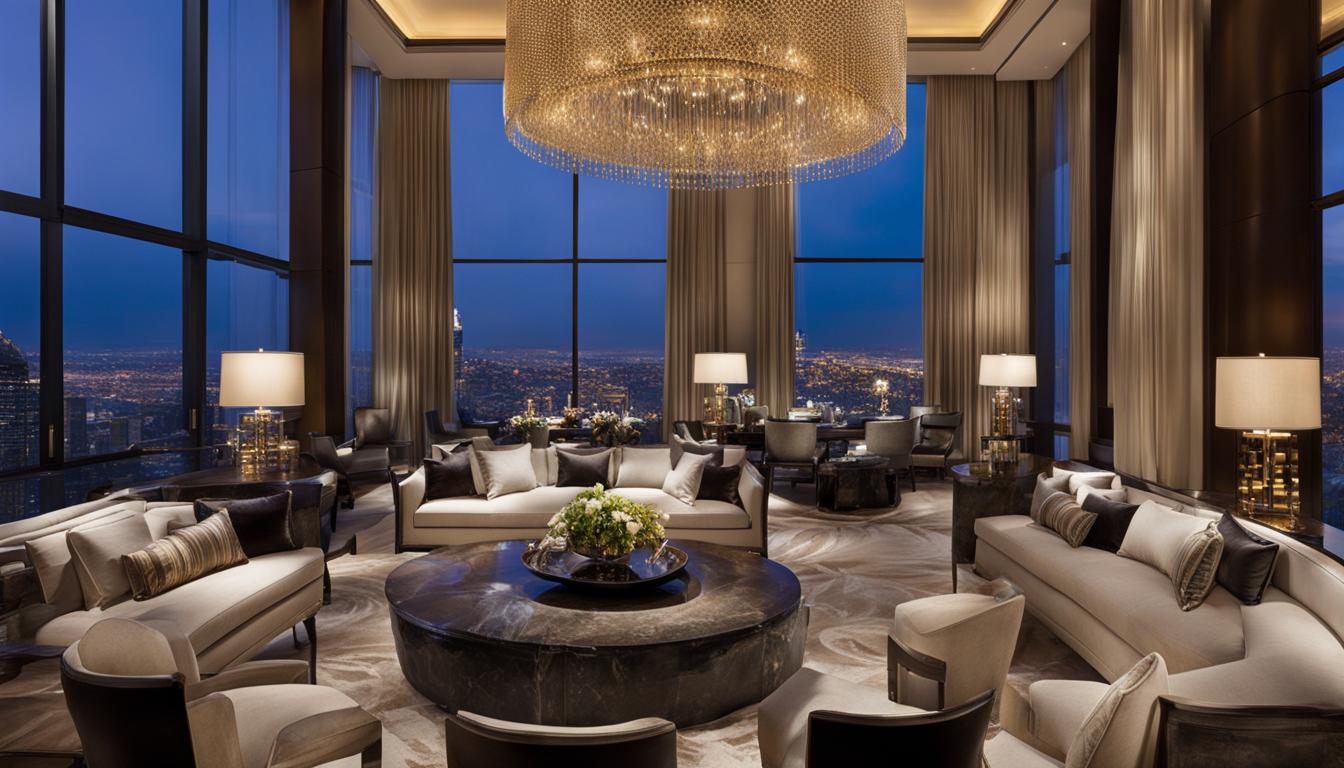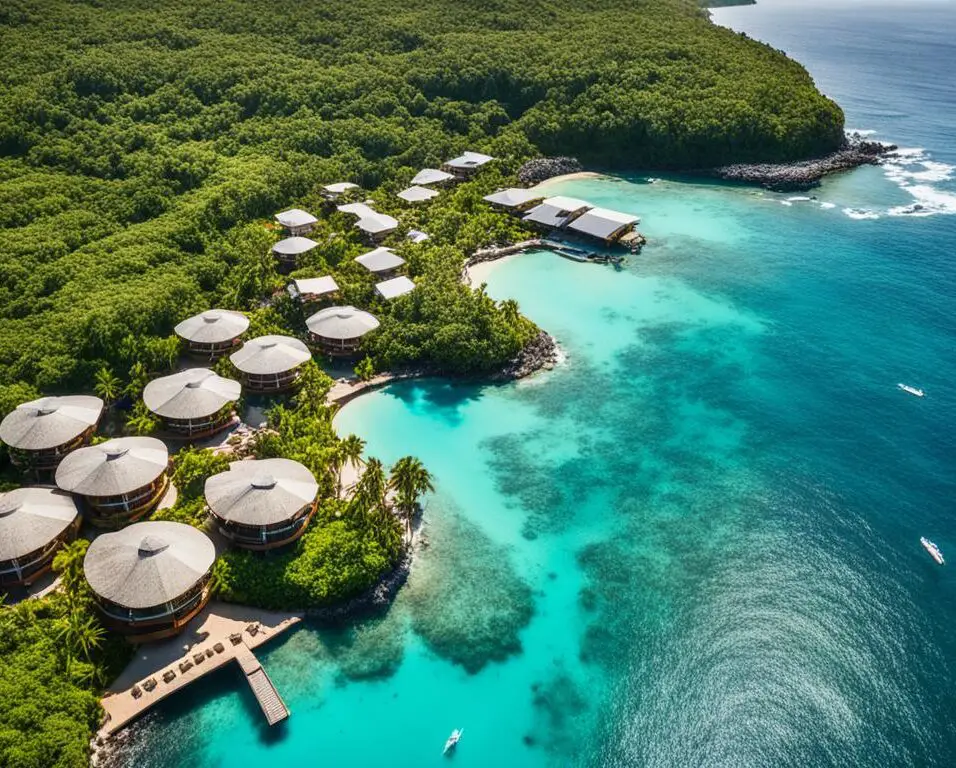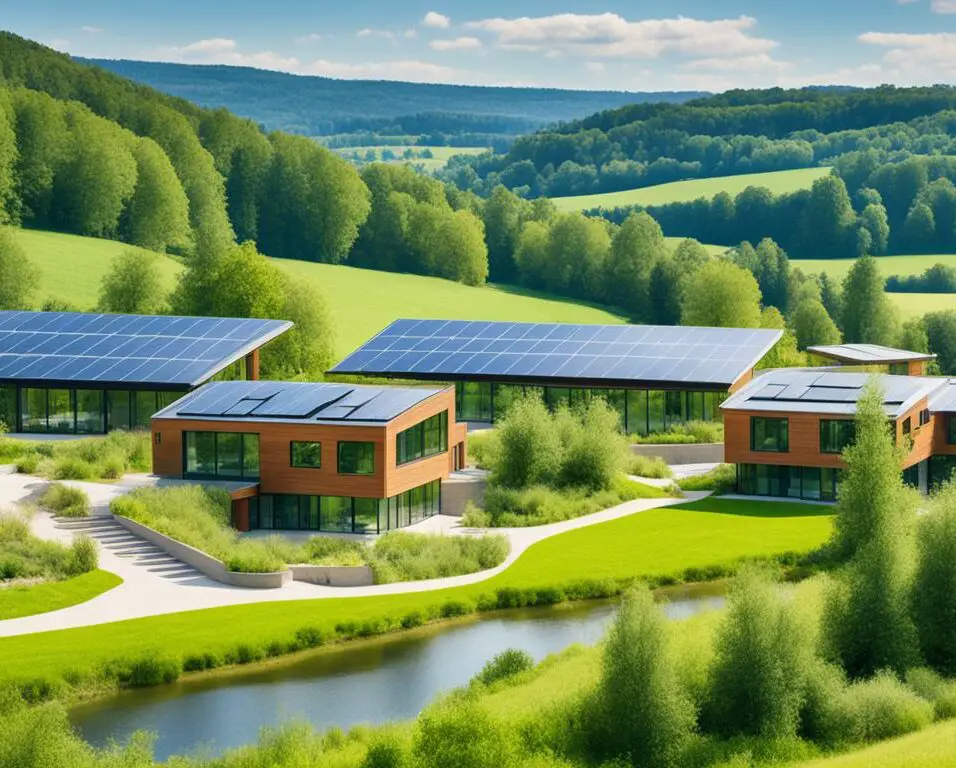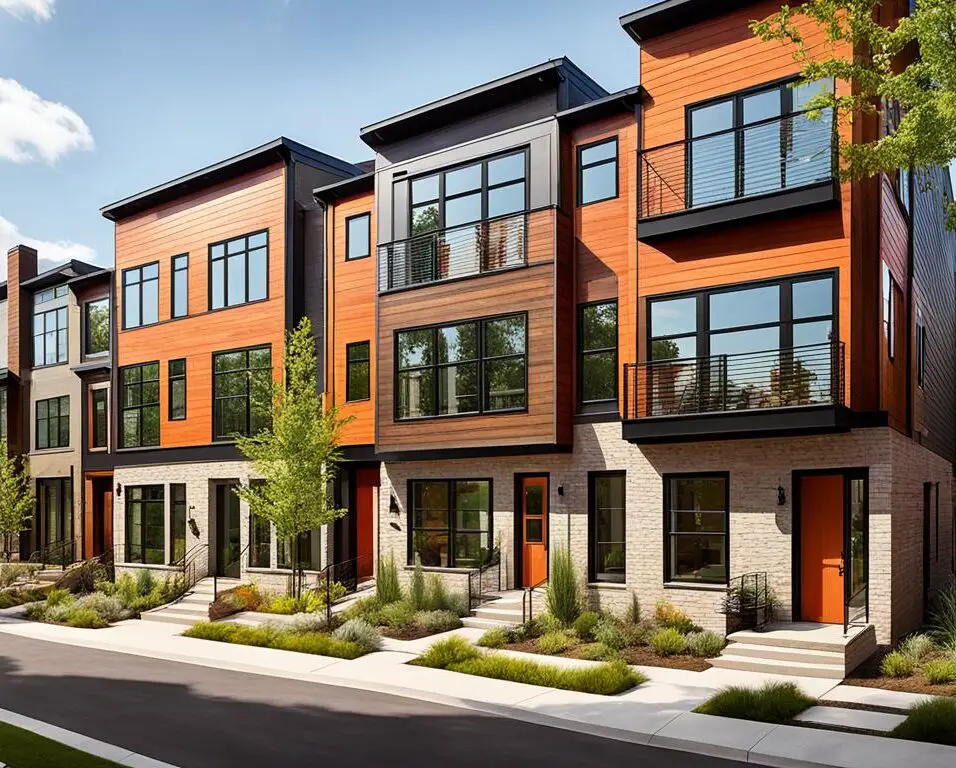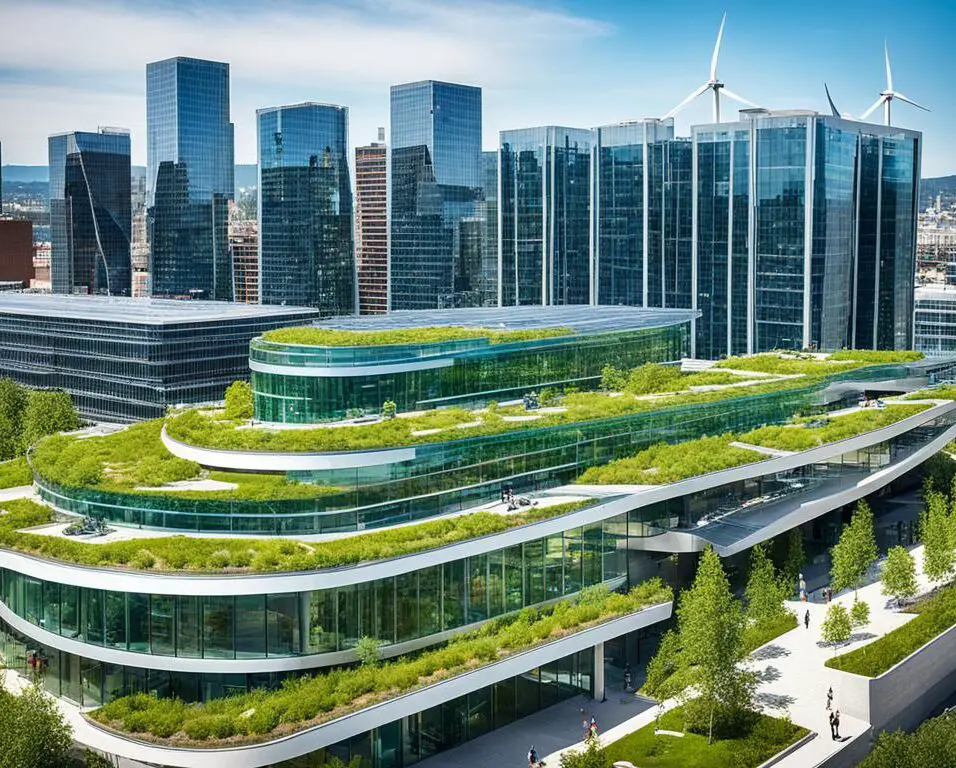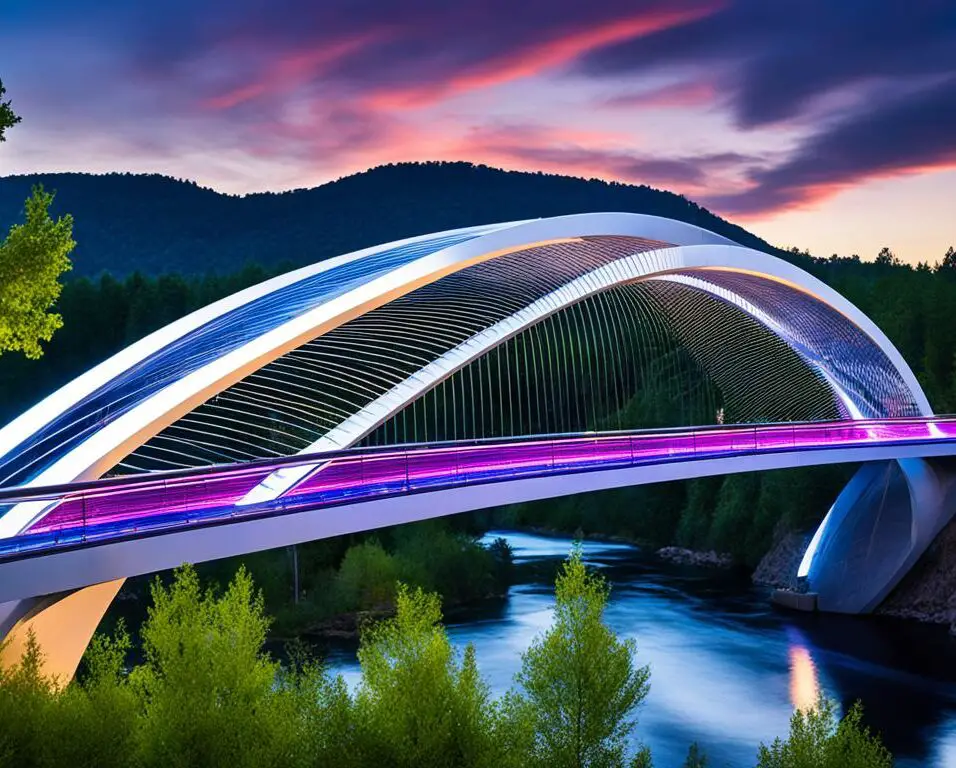Inside the World of Luxury Hotel Design and Architecture
With the growing demand for extraordinary travel experiences, luxury hotel design and architecture have become essential in creating a memorable guest experience. The design of these hotels has evolved to encompass elegance, functionality, and innovation, aiming to provide guests with a unique and luxurious stay.
When it comes to luxury hotel design, every detail matters. From the integration of architectural elements to the thoughtfully curated interior design and amenities, these hotels strive to create a visually stunning ambiance that leaves a lasting impression on their guests.
Architecturally, luxury hotels focus on creating spaces that are not only aesthetically pleasing but also highly functional. Grand entrances, breathtaking views, and carefully crafted layouts ensure that guests experience a seamless blend of comfort and style.
Key Takeaways:
- Luxury hotel design and architecture are crucial in creating a memorable guest experience.
- These hotels aim to provide a unique and luxurious stay through elegant and innovative design.
- Architectural elements and interior design play a significant role in creating visually stunning ambiances.
- Luxury hotels focus on functionality, providing guests with both comfort and style.
- Every aspect of design, from grand entrances to breathtaking views, is curated to leave a lasting impression.
The Elements of Luxury Hotel Design
Luxury hotel design encompasses various elements that contribute to its overall aesthetic and guest experience. Based on the information obtained from “First source:”, “Second source:”, and “Third source:”, these elements include interior design, architectural features, and sensory experiences.
Interior Design
High-end hotels often employ renowned architects and interior designers to create unique spaces that reflect the hotel’s brand and concept. They focus on incorporating upscale materials, luxurious finishes, and bespoke furnishings to create an atmosphere of opulence and sophistication. From the moment guests enter the lobby to the comfort of their rooms, every design element is carefully curated to provide a sense of luxury and comfort.
Architectural Features
Architectural features play a vital role in luxury hotel design. Grand lobbies with impressive chandeliers, sweeping staircases, and breathtaking views are just some of the elements that differentiate luxury hotels from others in the industry. These architectural elements not only enhance the visual appeal of the hotel but also contribute to an unforgettable guest experience.
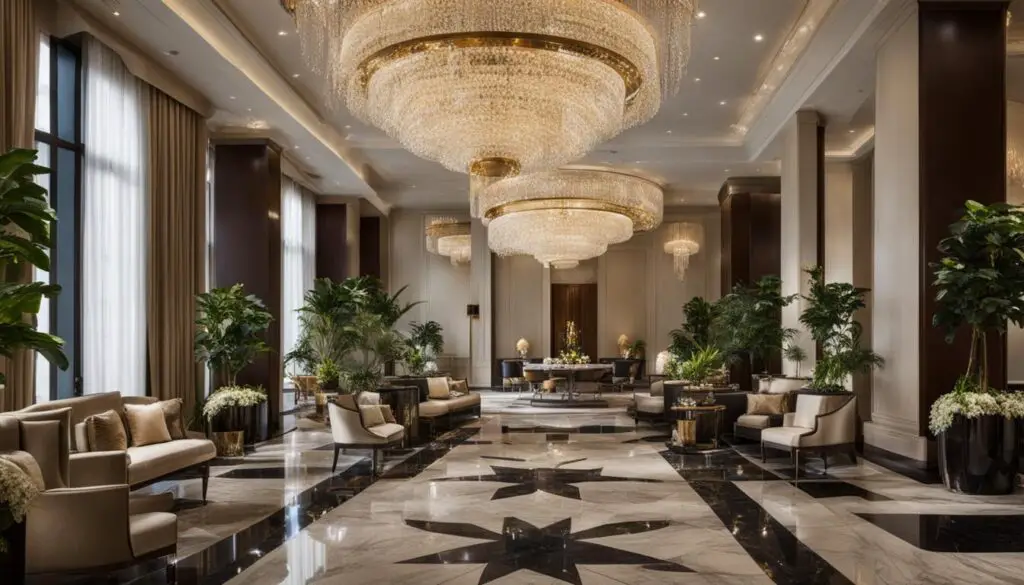
Sensory Experiences
Luxury hotels strive to provide guests with sensory experiences that go beyond visual appeal. Ambient lighting, soothing music, and captivating scents create a multisensory environment that complements the overall design. These carefully curated sensory experiences aim to evoke emotions and enhance the guest’s overall stay, leaving a lasting impression.
The Future of Luxury Hotel Design
The future of luxury hotel design is poised to be an exciting blend of sustainable practices and innovative technologies. According to industry experts and reputable sources like “First source,” “Second source,” and “Third source,” there is a growing trend towards eco-friendly initiatives and sustainable design in the luxury hotel industry.
Luxury hotels are increasingly incorporating green practices that include energy-efficient systems, the use of renewable materials, and water-saving measures. This emphasis on sustainability not only aligns with the preferences of environmentally conscious travelers but also demonstrates a commitment to responsible and ethical luxury.
Moreover, technology integration is playing a pivotal role in shaping the future of luxury hotel design. Hotels are harnessing the power of smart technology and digital innovations to elevate guest experiences, optimize operational efficiency, and provide personalized services. From seamless mobile check-in and keyless entry to sophisticated in-room automation and tailored recommendations, technology is transforming the way guests engage with and enjoy their luxury hotel experiences.
Driven by both sustainable practices and cutting-edge technologies, the future of luxury hotel design promises to exceed the evolving needs and expectations of discerning travelers. As the industry continues to evolve, luxury hotels will strive to create unforgettable experiences that seamlessly integrate sustainability, technological advancements, and uncompromising luxury.



